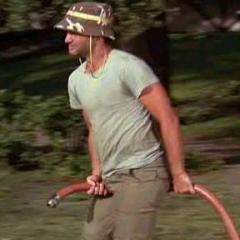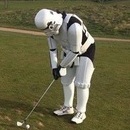IGNORED
Simple, Specific, Slow, Short, and Success - The Five "S"s of Great Practice
-
Topics Being Discussed Right Now on The Sand Trap
-
- 14 replies
- 1,828 views
-
- 12 replies
- 685 views
-
- 19,530 replies
- 1,052,564 views
-
- 7 replies
- 367 views
-
- 2,374 replies
- 238,218 views
-







Recommended Posts
Create an account or sign in to comment
You need to be a member in order to leave a comment
Create an account
Sign up for a new account in our community. It's easy!
Register a new accountSign in
Already have an account? Sign in here.
Sign In Now